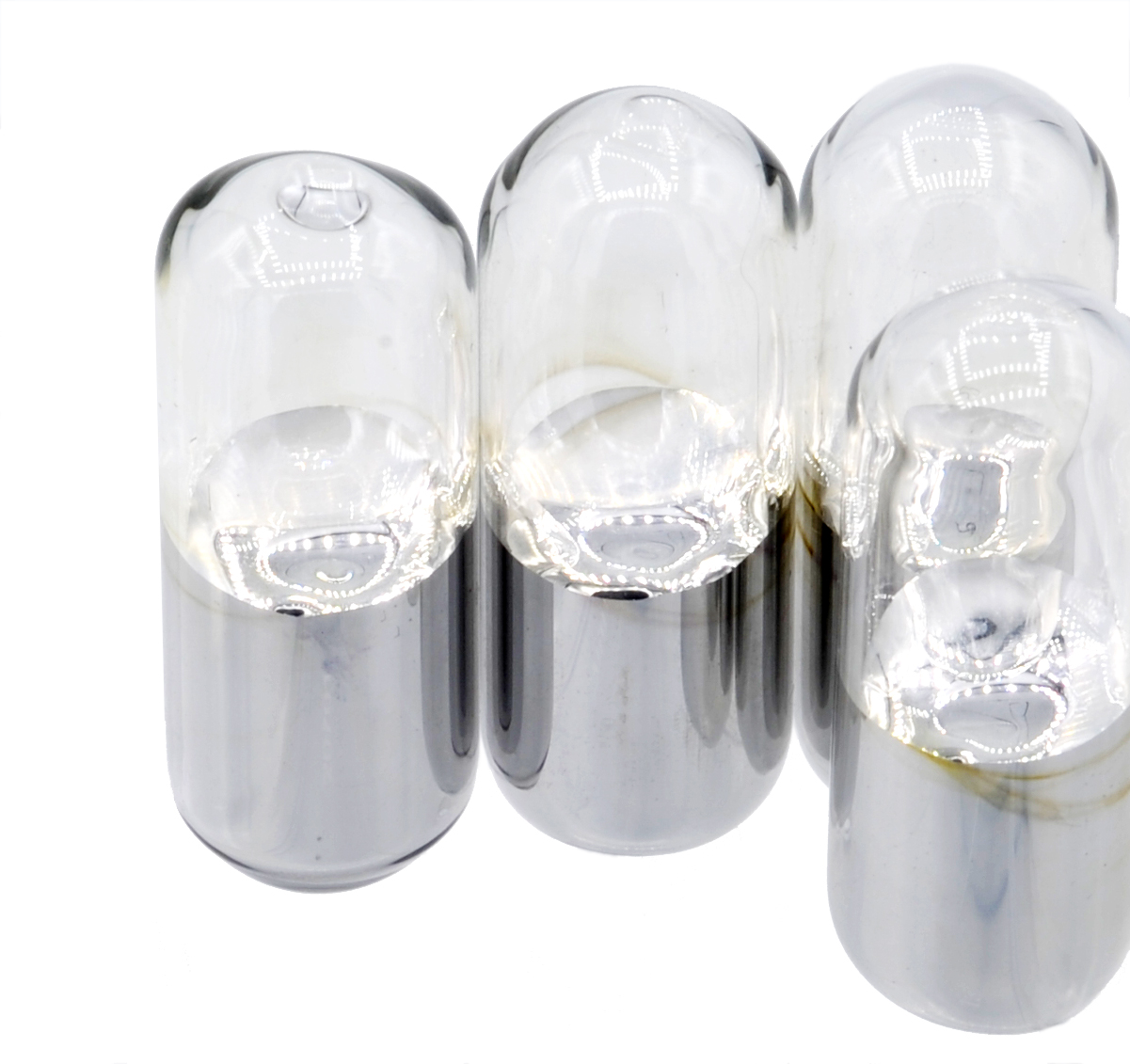Did any of you ever manage to make it work? It's a method described in the US patent 1,879,003.
It looks nice because it doesn't use any mercury, which is not easily available and also toxic.
I managed to make it work but I have a hard time increasing my yield past the point of 10%. Which is extremely poor, but I am a beginner hobby chemist so I hope that maybe someone here would have some advice as to how to make it work better. I never see anyone talk about this route, but I think that figuring out how to master it would benefit us all. One can make meth and MDA in a very similar way too according to Uncle Fester.
Which is extremely poor, but I am a beginner hobby chemist so I hope that maybe someone here would have some advice as to how to make it work better. I never see anyone talk about this route, but I think that figuring out how to master it would benefit us all. One can make meth and MDA in a very similar way too according to Uncle Fester.
I guess that my issue might be in the fact that my P2NP sometimes turns red during the electrolysis. What does it mean when P2NP turns red? Is this decomposition? If so, how do I avoid it?
Or is my P2NP just old and spoiled? Could be as it's 1 year old, but it was kept in a fridge and looks ok while still in a jar (bright yellow).
I'm also thinking that the sulfuric acid might be making this entire thing so fragile? I read somewhere here that amphetamine salts can be damaged by too much acid... But it has to be there in order to make the electricity flow (it's an electrolyte). I tried to add water before evaporating ethanol and ethyl acetate to dilute the acid and it did help the yield but it's still only 10% (was 2% before lol).
It has to be possible to make it work, it's a patented method and the author claims possible good yields. If anyone has any suggestions it would be very helpful and appreciated.
Code:
1 mol of phenyl-2-nitropropene, C6H5CH=C(CH3)NO2, is dissolved with a solvent
prepared by mixing 1000ml of ethanol with 500ml of acetic acid and 500ml of 12 N
sulfuric acid. The resultant solution is placed in the cathode compartment of a
divided electrolytic cell containing a metallic cathode of mercury, copper, or
other metal of similar nature. Current is passed, using a current density of
~0.2 amp/cm2 of cathode surface. The temperature is kept at about 40°C during
the electrolysis which is continued until at least eight Faradays of electricity
have been passed.
When the reduction is completed, the amphetamine may be separated from the
solution. A convenient way of doing this is by removing the ethanol and ethyl
acetate present by evaporation and then making the residual solution strongly
alkaline by addition of caustic alkali. The basic layer thus formed is separated
from the aqueous solution and contains the desired amphetamine freebase.It looks nice because it doesn't use any mercury, which is not easily available and also toxic.
I managed to make it work but I have a hard time increasing my yield past the point of 10%.
I guess that my issue might be in the fact that my P2NP sometimes turns red during the electrolysis. What does it mean when P2NP turns red? Is this decomposition? If so, how do I avoid it?
Or is my P2NP just old and spoiled? Could be as it's 1 year old, but it was kept in a fridge and looks ok while still in a jar (bright yellow).
I'm also thinking that the sulfuric acid might be making this entire thing so fragile? I read somewhere here that amphetamine salts can be damaged by too much acid... But it has to be there in order to make the electricity flow (it's an electrolyte). I tried to add water before evaporating ethanol and ethyl acetate to dilute the acid and it did help the yield but it's still only 10% (was 2% before lol).
It has to be possible to make it work, it's a patented method and the author claims possible good yields. If anyone has any suggestions it would be very helpful and appreciated.
Last edited:

